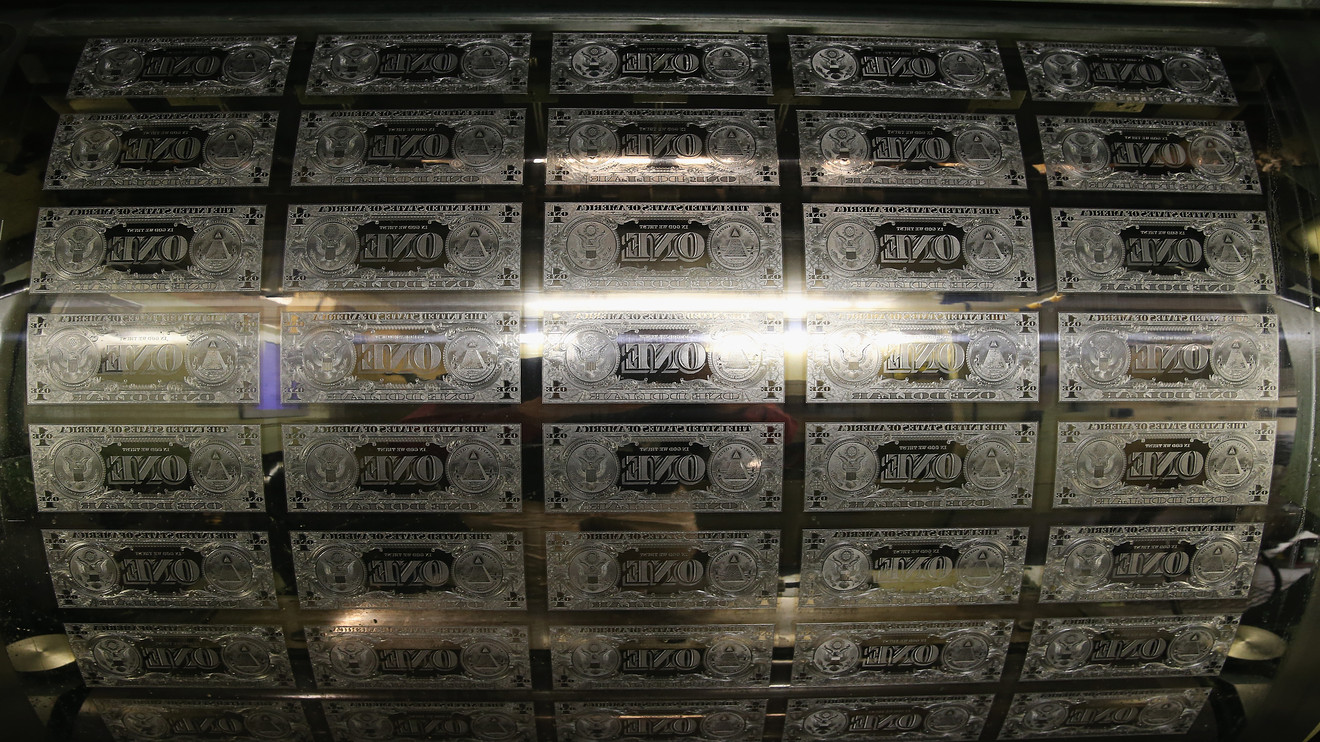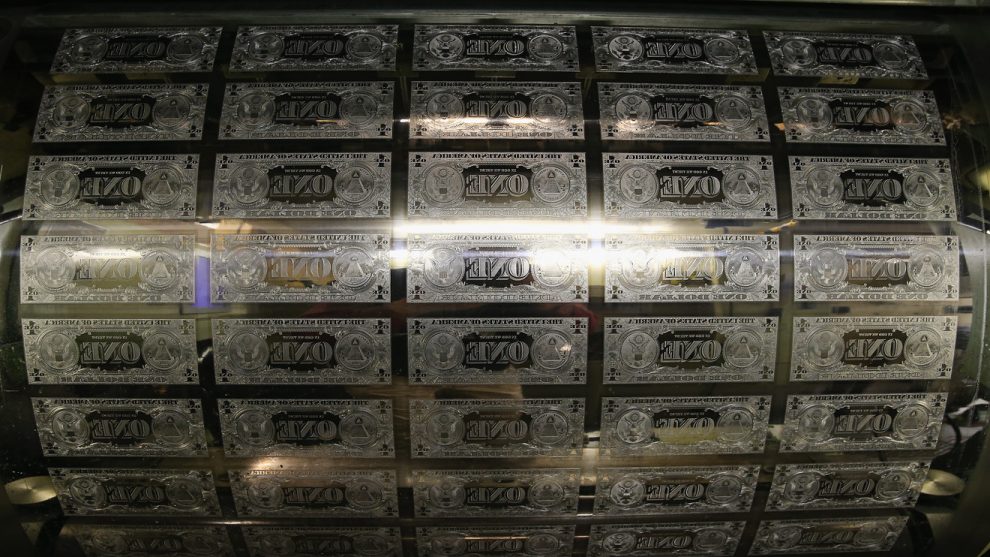
Dear Chairman Powell,
Policy makers have lost control of the narrative, making it time for a radical change in the focus of domestic monetary policy.
This is a call to the Federal Reserve to abandon interest-rate targeting and adopt inflation targeting using the balance sheet as the intermediate focus of policy decision. Allow short-term rates to be determined by market forces instead of by policy.
Similar to the late 1970s when then Chairman Paul Volcker faced a stagflationary environment which weakened confidence in the Fed’s ability to deal with the growing imbalances in the economy, Mr. Powell, you are now confronted with an equally challenging, deflationary economic environment. The key to breaking out of this deflationary downward spiral of interest rates is to target inflation by expanding the Fed’s balance sheet — in other words, print money. This bold action will keep the domestic economy from being pulled down the hole in which both Europe and Japan find themselves — that of negative, long-term interest rates.
In the 70s, stagflation was the result of a wage-price spiral that became entrenched in rising inflation expectations. Currently, the Fed and the economy are facing an equally unacceptable deflationary risk scenario. Meager wage gains, despite tight labor market conditions, and an environment of continual cost-cutting in which more is demanded from workers while wages remain flat has led to reduced pricing power and a deflationary mind-set.
Paul Volcker faced a world of excess demand and a weakening dollar, which added to the acceleration in consumer prices even with a rising jobless rate. The Fed, in contrast, now faces a world of excess supply and a firming dollar that exposes the domestic economy to global deflationary forces. The grab for yield associated with this adverse global dynamic is distorting the term structure of rates and increasing incentives for investors to take on more risk than is rational.
In the period preceding the October 1979 “Volcker Revolution,” it was the Fed’s gradualist approach to interest-rate targeting that helped embed an inflationary psychology in the economy. The current deflationary mentality can also be partially blamed on a gradualist interest-rate approach that has failed to achieve the Fed’s stated 2% inflation objective.
The Volcker Fed consequently abandoned interest rate targeting and instead targeted money supply to combat stagflation, which provided much-needed political cover for allowing short rates to rise sharply as the reserves were reined in to slow money growth. A rich academic literature supported the view that inflation was an inherently monetary phenomenon and provided Chairman Volcker with ample defense for his radical shift in policy. Markets were allowed to set the level of the funds rate as the Fed targeted the money supply.
To rein in excess money supply growth, the Fed trimmed bank reserves — high-powered money — which resulted in dramatically higher short-term rates. This shift in policy served to dampen inflationary expectations, and thus inflation, while increasing central bank credibility. The dollar strengthened and elected officials became strong supporters of an independent Fed as a result.
A similar shift in policy is now warranted. The need for a change in approach is illustrated by the plunge in global equity markets that followed the recent 50-basis-point interest-rate cut undertaken by the Reserve Bank of New Zealand. It should also be apparent from the unintended curve flattening that followed the Fed’s December rate hike, and the equity market selloff that followed the July rate cut, that the status quo is not working. Essentially, policy makers have lost control of the narrative.
We reiterate our call for the Fed to shift policy from targeting interest rates to targeting inflation of 2% or above. This should lead to a rapid decline in short-term rates and a curve steepening which should calm market concerns over the risk of a recession or a persistent deflationary environment.
The Fed’s new intermediate target should be its balance sheet, which we believe should be expanded and restructured to achieve a 2% inflation target. Initially the balance sheet target should be set at the $4.5 trillion peak reached back in 2015. To support this shift and lift in inflation expectations, we also suggest a reverse “Operation Twist” and the elimination of paying interest on excess reserves. With the fed-funds rate completely decoupled from policy and allowed to find the level the market dictates, the tools put in place to control the funds rate with a large balance sheet are no longer necessary.
These radical changes are necessary in our view, if this economy is to avoid the deflation trap that appears to have already caught Japan and Europe in its viselike grip.
Yours truly,
Steven Ricchiuto
U.S. economist, Mizuho Securities USA LLC






